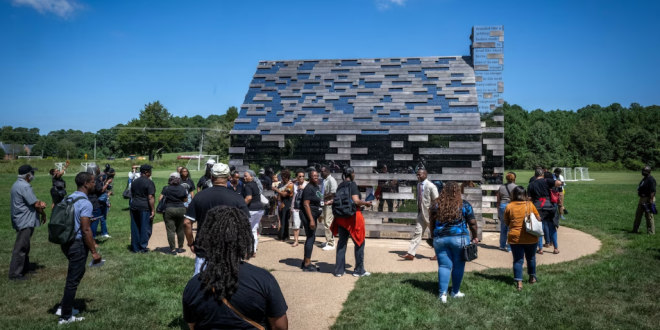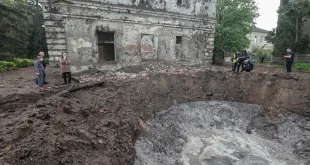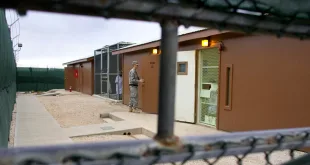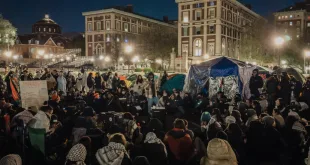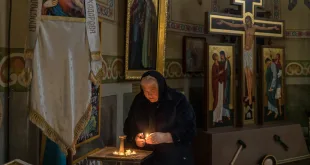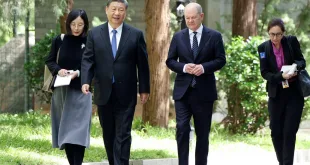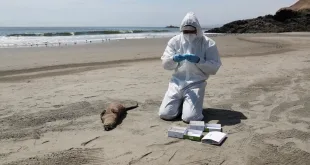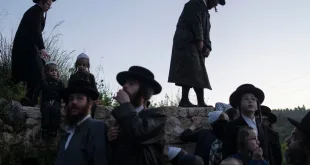In the heart of Southern Maryland, Julie Hawkins Ennis had always been certain of her family’s roots. Born and raised in this picturesque region, she proudly identified herself as a native, with her family tree deeply entwined in the history of St. Mary’s County, dating back to the earliest European settlers and the Native Americans who once inhabited this land.
For years, Julie’s belief in her family’s heritage remained unshaken. Even her attempts to trace her genealogy through Ancestry.com only seemed to confirm what she already knew. That is, until a distant relative, connected through the platform, challenged her perception. He suggested a startling possibility: her family might have migrated from the Southern United States, just like many Black Americans during the Great Migration. This notion left Julie perplexed.
“All of us from Southern Maryland know that, growing up, we say: ‘No, we’re from here,’” Julie recalled with pride. But as it often happens, history can hold unexpected surprises.
In 2016, the world learned of a harrowing chapter in Maryland’s history. A group of 272 individuals enslaved by Maryland’s Jesuit priests had been sold in 1838 to rescue the struggling Georgetown University, then a fledgling college on the brink of financial ruin. The enslaved people were dispersed, some sent to plantations in Louisiana, while others remained behind.
To Julie’s astonishment, she discovered that her own ancestors were part of this group and had been brought to Louisiana. “My family was good at history; we used to hear all kinds of stories — we never heard once about Jesuits enslaving people and selling them,” Julie said. “And at the Catholic school that I went to, not once did we hear about Jesuits enslaving us.”
Fast forward to today, and Julie is among over 150 descendants of the GU272 — as they’re known — who recently gathered at St. Mary’s College for an unprecedented family reunion.
Julie is a prominent member of the Southern Maryland Descendant Gatherings Committee, which, in April, became one of the first beneficiaries of a reconciliation fund established by Georgetown University in response to a 2019 student referendum. This fund aimed to financially support descendant communities.
This year, the committee received $400,000 to fuel genealogical projects and foster a sense of community among GU272 descendants. Over Labor Day weekend, hundreds of them visited their ancestors’ former plantation sites and other historically significant locations in Maryland. Most attendees initially connected through Ancestry.com and social media.
Henrietta Vines Pike, another committee member, articulated the sentiment of the gathering: “We have all been separated, and now we want to come back together. We all have a strong sense of faith. And if you remember all the Catholicism that has gone into our lives, we have a strong sense of family too.”
The reunion was nothing short of a heartwarming family gathering. Attendees traveled from far and wide, from Louisiana to New York. Clad in matching T-shirts, they embraced, shared stories, and laughed, often meeting in person for the first time. Their name tags bore surnames that appeared in their family trees from the time of enslavement — names like Barnes, Yorkshire, Hawkins, and Campbell — in hopes of discovering new connections.
They affectionately referred to each other as “cousins,” regardless of whether they shared a direct ancestor. Later in the day, they sat down to enjoy a classic reunion meal, complete with fried chicken and all the fixings.
Bernadette Semple, whose family roots were believed to be confined to the D.C. region, shared a similar revelation. Ancestry.com expanded her family tree in unexpected ways, and she marveled, “I had no idea I had all these cousins.”
Wenda Brown, a direct descendant of an enslaved man named Frank Campbell who was transported to Louisiana, credits Ancestry.com for unveiling her family’s hidden history. However, learning the truth came with its share of pain. “Our history has ebbs and flows — it can be like barbed wire,” she mused. “But it’s all part of who we are.”
Georgetown University professor Adam Rothman, the curator of Georgetown’s slavery archive, attended the gathering. He acknowledged that the university’s records contained information about those enslaved by the Maryland Jesuits, both those sent to Louisiana against their will and those who remained in Maryland. However, he noted that the archives were “lopsided” at best, containing just one piece of paper written by an enslaved individual named Thomas Brown, who was seeking to purchase his freedom. Rothman expressed his commitment to expanding the historical record and sought the attendees’ help in uncovering the full truth of the GU272 descendants’ history.
The journey of the GU272 descendants is a poignant reminder that our family histories often hold secrets, some painful, and some heartwarming. Their determination to unearth their past and reconnect with distant relatives speaks to the enduring human spirit and the power of community.
Conclusion
The story of the GU272 descendants is a testament to the resilience of family bonds and the enduring quest for truth. As they come together to explore their shared history, they remind us all that our past is a complex tapestry, one worth unraveling to discover the stories that make us who we are.
FAQs
1. What is the GU272 descendants’ reunion about? The GU272 descendants’ reunion is a gathering of more than 150 individuals who are descendants of the 272 people enslaved by Maryland’s Jesuit priests in 1838. They come together to explore their shared history and reconnect with distant relatives.
2. How did the descendants discover their family history? Many descendants initially connected through Ancestry.com and social media platforms, which allowed them to trace their genealogy and uncover their family’s hidden history.
3. What is the significance of the GU272 reconciliation fund? The GU272 reconciliation fund was established by Georgetown University in response to a 2019 student referendum. It aims to financially support descendant communities and promote genealogical projects and community building among the GU272 descendants.
4. Why is it important to uncover and share the history of the GU272 descendants? Uncovering and sharing the history of the GU272 descendants is essential because it sheds light on a dark chapter in American history and highlights the resilience and determination of these descendants to connect with their roots and each other.
5. What can we learn from the GU272 descendants’ story? The GU272 descendants’ story teaches us the importance of preserving and exploring our family histories, even when they hold painful secrets. It also underscores the power of community in overcoming challenges and uncovering the truth about our past.
 AC7 All About Entertainment
AC7 All About Entertainment
